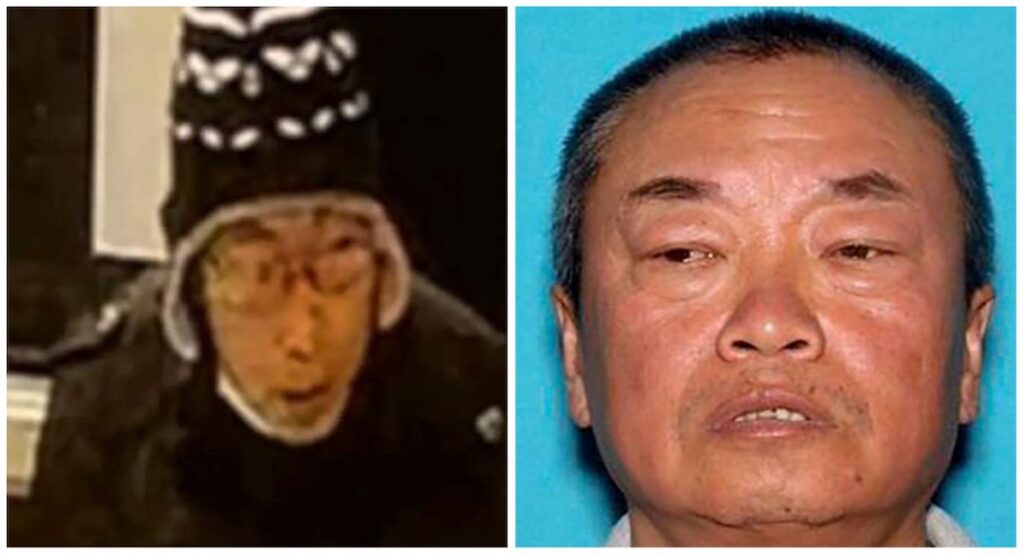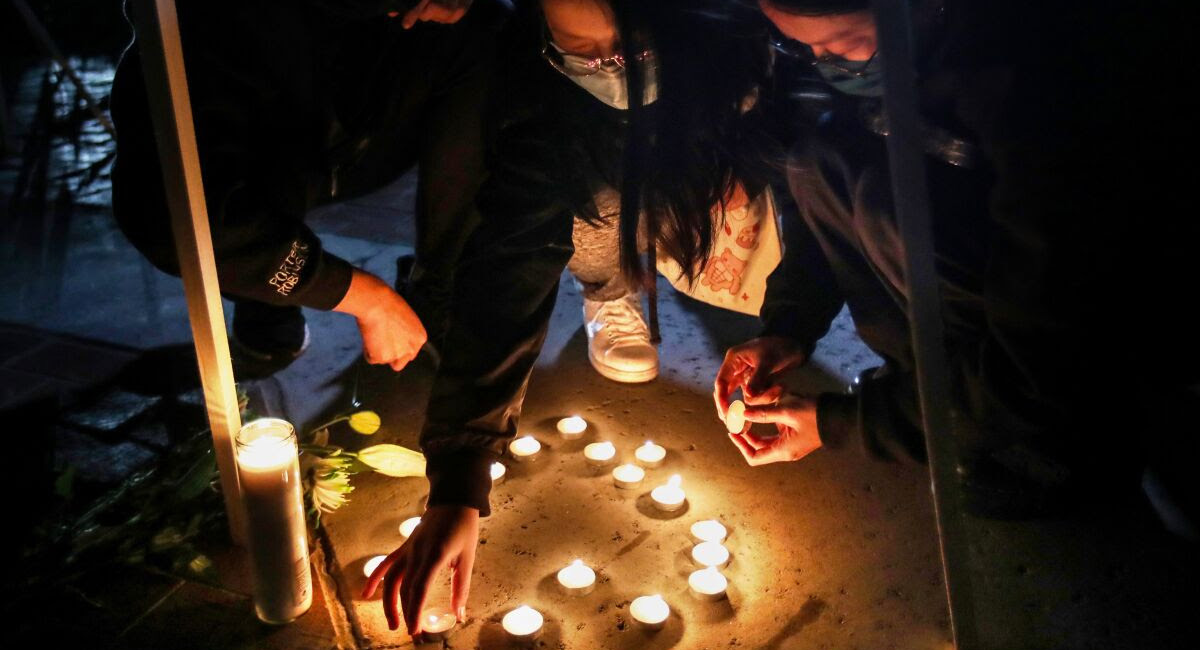Two weeks before he gunned down 11 people at a dance studio in Monterey Park, California, Can Huu Tran had gone to a local police station twice, with the paranoid belief that his family was poisoning him. In other conversations, the gunman also expressed that the dance instructors were evil people saying bad things about him.
Chunli Zhao, who killed seven farm workers in Half Moon Bay on Jan. 23, also struggled with mental health issues for at least a decade. In 2013, Zhao told his roommate — who was also a co-worker at a restaurant from which Zhao was fired — that he planned to kill him if he didn’t give him his salary. In a request for a restraining order, the roommate wrote that Zhao held a pillow over his face, trying to suffocate him. “Today, I am going to kill you,” Zhao told his roommate, who was able to get a restraining order. The order was renewed again, but Zhao was never found to be served with it.
“These were definitely cries for help. It is possible that if treatments were in place, both of these tragedies could have been averted,” Dr. Michi Fu, a licensed psychologist with a specialty in cross-cultural and international mental health, told Ethnic Media Services.
Fu — who has a clinic in Monterey Park — noted, however, that not all law enforcement agencies have the capacity or training to identify people suffering from mental health issues. Moreover, current law is very narrowly defined: law enforcement interventions for mental health concerns can only occur when someone is believed to be posing a danger to themselves or to others.
“The threat has to be imminent. There must be an identified victim and method, and a clear plan that is executable,” she said.

The two mass shootings, in which the alleged suspects are older Asian American men, have brought about rallying cries for gun control. Less discussed, but equally important, is the lack of mental health services for Asian immigrants.
According to a 2022 Stanford University panel, Asian Americans are among the least likely to seek mental health care. In one study, less than 9% sought any type of mental health services over one year compared with 18% of the general U.S. population.
Over 7.7 million Asian Americans reported struggling with mental health, according to a study by the Center for American Progress.
Some of the study’s findings:
- Among Korean American adults, 33% experience symptoms of depression, compared with slightly less than 16% of Chinese Americans.
- Among Filipino American women, 78% rate their mental health as excellent or very good, compared with just 45% of Chinese American women and 50% of Vietnamese American women.
- Japanese American and Korean American men are at greater risk of suicide than all other Asian American men.
Moreover, there is a marked lack of culturally and linguistically-appropriate mental health care providers: fewer than 6% of mental health professionals are people of color. This leads to systemic barriers to treatment.
There is also considerable stigma in the AAPI community associated with accessing mental health services, especially by older Asian men.
Confucianism is a prevailing philosophy in many East and Southeast Asian cultures, said Fu. “Confucianism says it is important to save face.”
Dr. Sheila Wu, director of the Asian Pacific Counseling and Treatment Centers in Los Angeles, said: “In our culture, a man in his 60s is a father figure, who does not become vulnerable, share his feelings, or says he needs things. He would feel a lot of shame if he did.”
“He’s certainly not going to go to a healing circle. So we say: ‘Let’s drink tea, let’s play chess, let’s talk about it,’” said Wu, who is from Taiwan. “We give them permission to talk about their struggles.”
Dr. Brett Sevilla, medical director at APCTC, noted that a lot of Asian immigrants have left war-torn countries — such as Cambodia, Vietnam, and Laos — and may still struggle with Post Traumatic Stress Disorder from the horrors they have left behind.
“Plenty of elderly Asian immigrants have unserved psycho-social support needs. But there is an intense stigma related to mental illness. Most families will try to contain it within the family or may reach out to clergy. A psychiatrist is very low down on the list,” said Sevilla. There is a collectivist approach within the Asian American community. The struggles of one family member are reflective of the entire family, he explained.
Linda Yoon, a licensed clinical social worker and founder of the Yellow Chair Collective, recalled a presentation on depression she once gave for a group of elderly Asian Americans. “I asked them, ‘who knows about depression? What is depression?’ And two Korean women in their eighties very confidently raised their hands and shouted: ‘like crazy people.’”
“So that was the sentiment. And when I work with Asian Americans, when they seek out therapy, they want it to be secret. They don’t want anybody else to know.”
“They will be very cautious. They will call me a couple of times before they come in. A lot of times they will only come when everything else didn’t work. So the symptoms when I start seeing them may be very severe, like they haven’t slept for ten years,” said Yoon.
Fu echoed Yoon’s observations. “The Asian American population tends to delay treatment, so they present more severe illnesses. When they finally show up for that first appointment, they tend not to show up for the second appointment.”
“My patients are often embarrassed to see me the first time,” said Fu. She encouraged adult children who see their parents struggling with mental health to do a “warm hand-off” — connect them with a provider who can understand their culture and speak their language and take them to their appointments.
Culturally and linguistically-appropriate providers can be found via the Asian American Psychological Association. Fu, who also teaches at Cal Poly Pomona, encourages her students to think about a career in mental health services to build out a pipeline of diverse providers.
Wu of APCTC said the Monterey Park shooting has had huge ramifications for the AAPI community. “A lot of older adults are afraid to go out of their homes.”
“During Covid, everyone was isolated in their homes. We walked the streets, encouraging people to reach out to each other. People were finally starting to come out of their isolation. And now, they are being pushed back in,” she said.
The Yellow Chair Collective is offering six free virtual sessions to people who have lost family members in the Monterey Park shooting and to those who witnessed the horrific attack.
The AAPI Equity Alliance has developed resource sheets of services in several languages. The list includes mental health resources.













